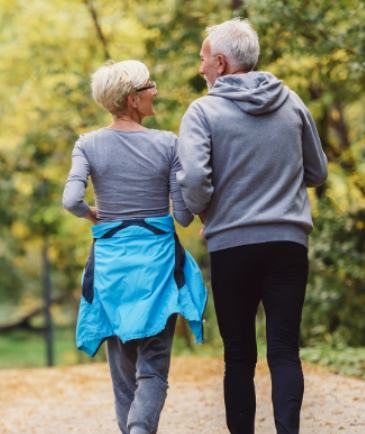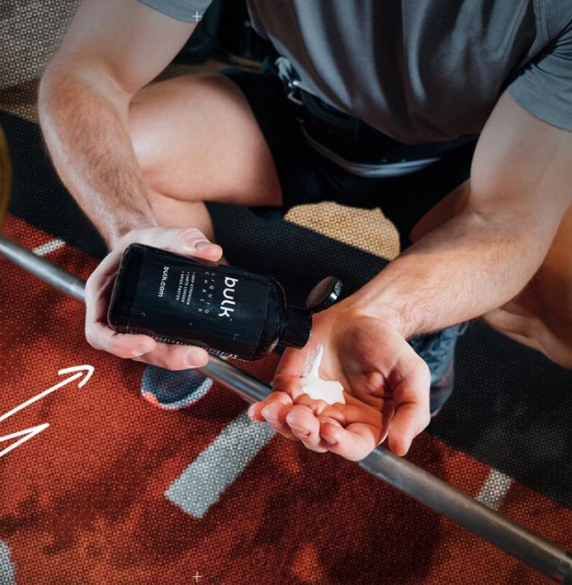
Maintaining Mobility and Well-Being After 70: A Guide to Staying Active and Engaged
As we age, staying physically active becomes increasingly important to maintain our health and independence. For individuals over the age of 70, mobility plays a key role in enhancing quality of life, reducing the risk of chronic conditions, and boosting mental health. While aging can impose some limitations, staying active through mobility exercises can help seniors remain agile, vibrant, and independent.
In this post, we’ll dive into some essential mobility exercises that seniors can benefit from, explore the importance of maintaining social connections, and discuss how retirement communities can foster overall well-being.
Why Mobility Matters for Seniors
Mobility refers to the ability to move through daily life without pain or restriction. When mobility is compromised, it can lead to several negative health outcomes:
- Loss of Independence: Struggles with basic tasks, like dressing or cooking, can reduce a person’s ability to live autonomously.
- Increased Risk of Falls: Weak muscles and poor balance are leading contributors to falls, which remain a major cause of injury in older adults.
- Social Isolation: Reduced mobility can limit participation in social activities, negatively impacting mental and emotional health.
The good news is that regular mobility exercises, even small ones, can make a significant difference over time, helping seniors regain strength, flexibility, and confidence.
Effective Mobility Exercises for Seniors
Several simple exercises can greatly improve balance, strength, and flexibility, contributing to better mobility.
Chair Stretches
Chair stretches are perfect for those who find it challenging to get up and down from the floor. This exercise helps improve posture, flexibility, and joint health.
- How to do it: Sit in a firm chair with your back straight. Extend one leg in front of you with your heel on the floor. Reach forward to touch your toes, keeping your back straight. Hold for 10-15 seconds, then switch to the other leg.
Ankle Circles
Improving ankle mobility is essential for balance and reducing fall risk.
- How to do it: While seated or standing with support, raise one foot off the ground and rotate your ankle in clockwise and counterclockwise directions. Complete 10 rotations in each direction.
Heel-to-Toe Walk
This exercise helps improve coordination and balance, which is crucial for walking on uneven surfaces.
- How to do it: Walk in a straight line, placing the heel of one foot directly in front of the toes of the other foot. Aim for 10-15 steps, using a wall or railing for stability if needed.
Seated Marches
Seated marches help strengthen hip flexors and improve circulation.
- How to do it: Sit comfortably with your feet flat on the floor. Lift one knee towards your chest, lower it, and repeat with the other leg. Continue alternating legs for about 1-2 minutes.
Standing Side Leg Lifts
Side leg lifts strengthen the hip muscles, which are key for maintaining balance.
- How to do it: Stand behind a chair for support. Lift one leg out to the side, keeping it straight, then slowly lower it. Repeat 10 times on each side.
Wall Push-Ups
Wall push-ups are a gentle way to build upper body strength and improve posture.
- How to do it: Stand facing a wall, placing your palms flat against it at shoulder height. Bend your elbows to lean towards the wall, then push back to the starting position. Complete 10-15 repetitions.
Cat-Cow Stretch
This gentle movement increases spinal flexibility and reduces muscle tension.
- How to do it: Either sitting or standing, alternate between arching your back upwards (like a cat) and extending your chest outward (like a cow). Repeat for 5-10 cycles.
The Importance of Social Engagement for Seniors
While physical health is crucial, mental and emotional well-being are equally important. Social interaction plays a significant role in promoting longevity and reducing the risk of mental decline. Research shows that seniors who remain socially active tend to experience lower rates of depression, cognitive decline, and chronic health conditions.
Staying Connected After Retirement
Many seniors find it challenging to maintain social connections after retirement, but there are plenty of opportunities to stay engaged. Participating in community groups, volunteering, or joining educational classes can offer both social interaction and mental stimulation. Activities like gardening, art classes, or exercise groups provide a sense of purpose and belonging.
Even simple activities, like walking to meet friends or participating in group events, can contribute to improved mobility and overall well-being.
Why a Healthy Social Life is Essential
Loneliness can have detrimental effects on both mental and physical health. By staying connected with others, seniors can experience several benefits:
- Increased self-motivation
- Reduced feelings of isolation
- Better cognitive function as they age
Maintaining strong relationships with family, friends, and the wider community can enhance emotional health and resilience, making retirement more fulfilling and enjoyable.
The Role of Retirement Communities
Modern retirement communities offer more than just a place to live—they provide vibrant environments where seniors can thrive physically, mentally, and socially. These communities are designed to promote healthy aging by offering a range of activities and services that cater to the holistic well-being of residents.
Benefits of Retirement Communities:
- Structured Activities: Daily fitness classes, social events, and recreational activities provide ample opportunities for engagement.
- Healthcare Access: Many retirement communities have on-site nursing and therapy services to ensure residents receive prompt care when needed.
- Social Opportunities: Communal dining, group outings, and common areas encourage interaction and foster a sense of community.
- Safety Features: Non-slip floors, grab bars, and emergency response systems ensure residents’ safety and peace of mind.
Living in a retirement community doesn’t mean sacrificing independence; rather, it offers an opportunity for seniors to live in an environment that supports a balanced, healthy lifestyle.
Conclusion
Promoting mobility and well-being for seniors over 70 requires a holistic approach that combines physical activity, social engagement, and a supportive environment. Simple exercises, such as chair stretches and wall push-ups, can help seniors maintain their independence and participate in daily activities with ease.
Equally important is staying socially active. Retirement communities provide seniors with opportunities for mental stimulation, social interaction, and a safe, vibrant environment to enjoy their golden years.
By focusing on both physical and social health, seniors can add not only years to their life but also life to their years, ensuring a fulfilling and active retirement.





